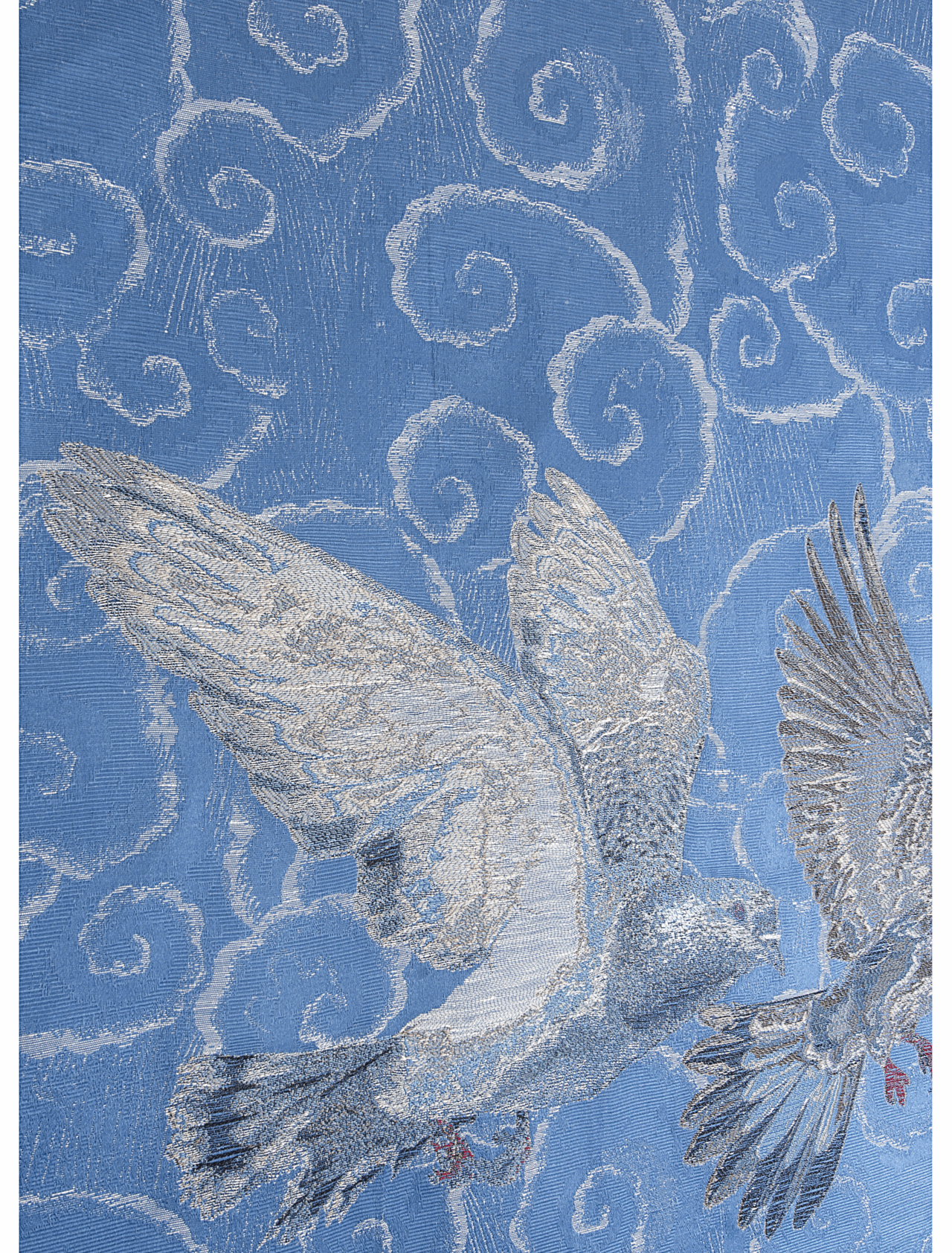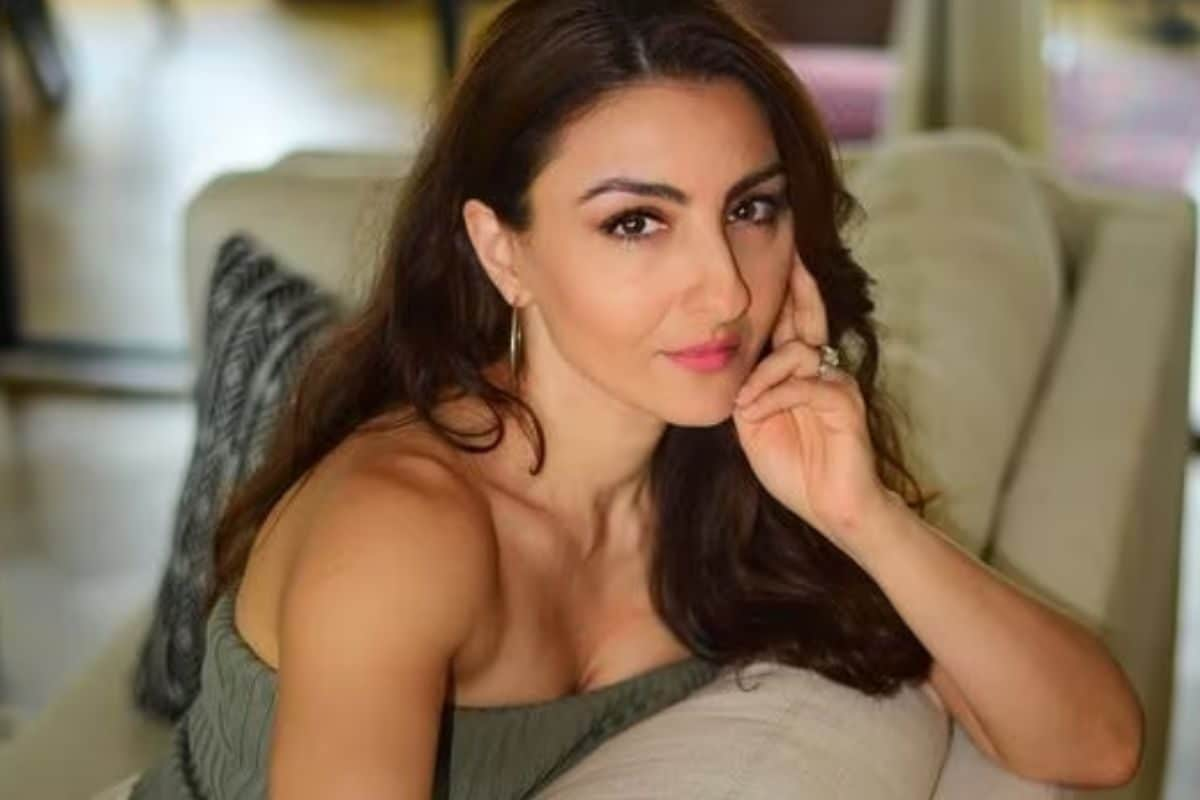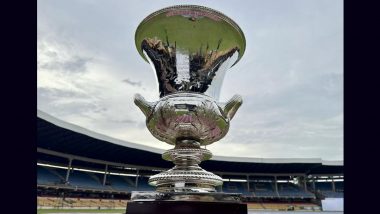Julie Kagti was only seven when she learned to weave from her Assamese grandmother. Every afternoon, post-lunch, Aita would set up her backstrap loom in the verandah to keep an eye on the salted vegetables and fruits drying in the sun. This became story time—Aita would captivate Kagti with tales about her childhood , simultaneously teaching her how to warp, make a graph and translate it into a weave.
Transfixed, seven-year-old Kagti learned how to work the loom even as her grandmother’s stories wove an unbreakable bond between them. Years later, it was the fondness with which she looked back on these afternoons that pushed Kagti to study textile design. Having pursued tapestry weaving alongside teaching textile design and running a boutique travel company that curates localised experiences in the Northeast of India, when Kagti met Srila Chatterjee, founder of Baro Market, co-founder of 47-A and fellow textile enthusiast, it was like having a conversation without words.

Ten months later, the product of that telepathic exchange is Feeling Through Fibre, a new art show in Mumbai curated by Kagti, which unites 11 women weavers from across the country who use textiles as a form of self-expression. “In Assam, it’s mostly the women who are involved in the weaving practices so the decision to have an all-women exhibit felt like a no-brainer,” says Kagti. “This show also opens during the week of Handloom Day, which is special in itself.
” Starting today, the exhibits will confront viewers with a multitude of viewpoints, from the degradation of our environment and the ordinariness of everyday moments to the patience of spiders and the underrated beauty of pigeons—all imagined and woven by women. “I hope the show inspires viewers to appreciate the magic that comes from hands, the connection between what the artist feels and what she creates, and the wonderful range of emotions that are on display from a wide variety of very different and empowered women,” says Chatterjee. Ahead of the show, Vogue India had an exclusive look at the artworks and asked the 11 artists questions about why they created what they created for the show: Akshata Mokashi Nature plays a prominent role in your weaves.
When did this kinship with nature start for you? Does the ongoing environmental degradation affect how you make your weaves? We all share a close connection with nature from the moment we are born. Nature has been inspiring me throughout my life. When I started expressing myself through weaving, I realised this process too begins from nature.
Birds weave nests to protect themselves, tapestries were woven to protect homes. I am just another being, weaving with the emotions I feel towards nature and a desperate urge to protect it. Rivers carry an array of emotions and I believe they are trying to say something.
The degradation and pollution of rivers affect all of us. My process allows me to closely observe these natural bodies, and through this medium, metaphorically reweave the damage done. Sometimes, the weaves are as harsh as reality, sometimes, they communicate the pure form that lies beneath.
Alka Mathur So much of your art is based on the smallest moments that often go forgotten. How do you cull these out of your day to preserve them as art? I look at my artworks as a daily practice where I am constantly on the lookout for collecting moments through objects, tea bags, tea stains, Instagram photos, writing and many other fragments that I weave into my works consciously or subconsciously. It’s a consistent and sustained practice, often obsessive, but the culling out is from everyday life and not outside of it.
I’m interested in interlacing different layers of time, memories and happenings through my works and that’s what this continuous process of collecting, archiving, making and unmaking allows me to do. Anisha Chacko There has been a renewed interest in India’s textile and handloom heritage. Considering your own work and research on this front, what, according to you, is missing from the conversation? In my research and engagement with craftspeople, I’ve discovered that the essence of our textile and handloom heritage lies not just in the craftsmanship but in the personal journeys of the artisans.
Their extensive knowledge, rigorous practice and continuous learning, combined with their unique life stories , are what truly make them the masters of this craft. I personally feel what’s missing from the conversation is a deeper appreciation of these artisans’ individual journeys, which would enable us to value and honour our rich heritage better. Gunjan Jain Your work delves into how art can be used as the glue that puts back together a nation that is, once again, on the brink of division.
Is there a specific artwork, according to you, that has successfully made people question their bigotry? I am a fan of the street artist Banksy. His artwork ‘Love is in the Air (Flower Thrower)’ (2003) is a symbolic appeal for peace to replace violence. The artwork shows a protester seemingly about to throw a bomb or stone but instead holds a bunch of flowers in his hand.
Banksy’s art often carries potent social and political commentary propagating people to turn to peace and communal harmony against war, capitalism and hypocrisy. His works have influenced generations. Another big influence is the 15th-century poet Kabir Das.
His couplets emphasise the importance of unity by urging us to look beyond superficial differences based on religion, caste and class and instead focus on the inner qualities and wisdom of individuals. Over the past 15 years, I have collaborated with Buddhists, Muslims, Vaishnavs and Adivasis. My work is reminiscent of my journey into the world of textiles and my connection with the handloom weavers where I realised that the common language between us is the art and craft that we practise together instead of our social standing.
Jagrity Phukan Some of the most stunning creativity is emerging from the Northeast, yet it is a part of India that many know so little about. Your art is inspired by indigenous knowledge. Can you share your favourite anecdote that is rooted in your hometown’s tradition? It’s true that the Northeast has historically been overlooked by mainstream media, whether we’ve been hit by floods or grappled with insurgency.
However, within the region, communities live in harmony with nature, embodying a legacy of creativity that mirrors biodiversity and nature itself. I would like to believe that our inventive ways of life, survival and sustainability have led to our higher creative quotient. Would you believe that every woman in my hometown is a textile artist? In Assamese tradition, it is mandatory to learn weaving to be considered an adult woman .
I have grown up seeing my mother, grandmother and aunts creating their own clothes—never out of necessity but love for the craft. Jayshree Poddar It’s so interesting that you’ve chosen pigeons as your subject because they’re an invasive species that nobody really gives a second thought to. Is it a metaphor for something bigger in the scheme of things? I chose the pigeon because even though it is such a common bird, its iridescent purple-green plumage is rather attractive and something we don’t pay enough attention to.
Those colours lent themselves rather well to weaving. Pigeons are often sad and listless when we see them on the ground but they are made joyous in flight—a metaphor for how we thrive in the right environment. Julie Kagti As the curator of this show and an artist who is also participating in it, why did you choose to do this show exclusively with female artists? Weaving is a craft that I learnt from my beloved grandmother.
After spending decades in the commercial textile space, I have been pursuing tapestry weaving to express myself. Just as writers sometimes express their angst on paper and call it ‘angry writing ’, I wanted to express the emotions that we go through every day, which ended up becoming the theme of the show. I have long admired the works of these talented women who each explore textiles through different mediums and put so much of their passion into creating these beautiful pieces.
When I approached them with my concept of creating pieces centred around this theme, they immediately understood what I had in mind as they too work long hours with their hands to create—which is an emotional process in itself. Nivedita Deshpande The spider is an interesting choice of subject because it also ‘weaves’ a web, similar to your own practice. What’s one quality in a spider that you admire and think humans could benefit from? My practice involves repetitions and is done in layers as each preceding one dries.
It’s slow and meditative. I like that. Spiders are amazingly patient and meticulous as they go about weaving their webs, persevering even when their work is undone.
We can benefit tremendously from those qualities. Pragati Mathur Your weaves highlight the female experience in a world built for men. How does self-love manifest in your own life? Modern weavers address weaving in a more relaxed manner which allows traditional practices to be presented in a contemporary language.
More often than not, my work is an extension and expression of myself, my experiences, contemporary realities and women’s untold narratives. To me, self-love manifests in taking pride and ownership of my thoughts, which ultimately result in my creations. Rakhee Shenoy Your work seeks to capture familial bonds without the presence of humans.
Is this omission a metaphor for how human intervention ruins everything? My work delves into the transmission of traditions, memories and stories that have been passed down through generations. The objects and shared spaces in our lives carry immense value because they embody these cherished narratives. The absence of human figures in my work is not a critique of human intervention but rather a means to emphasise the depth and richness of these stories.
By focusing on the spaces and objects, I aim to showcase the essence of a life well-lived and the enduring legacy of familial bonds. Shama Pawar Canopy of Hope is an apt name for an installation that you envisioned to highlight how living in harmony with nature is the only way to undo years of environmental damage. Is art enough to assuage our climate anxiety? Art is a powerful medium to hold a mirror to society, however, it is not enough to bring about change.
It is the combined responsibility of all of humankind to evaluate our lives and the impact our actions have on the world we live in. It is only a collective consciousness that will bring about the change we need. ‘Feeling Through Fibre’ will run at 47-A in Mumbai until September 1, 2024 Also read: A new art show in Mumbai at the Nita Mukesh Ambani Cultural Centre examine India’s costume legacy An ongoing art show in Delhi lovingly spotlights a part of India we don’t often see This dying art of handweaving carpets in Tamil Nadu is having a fashion revival.



















